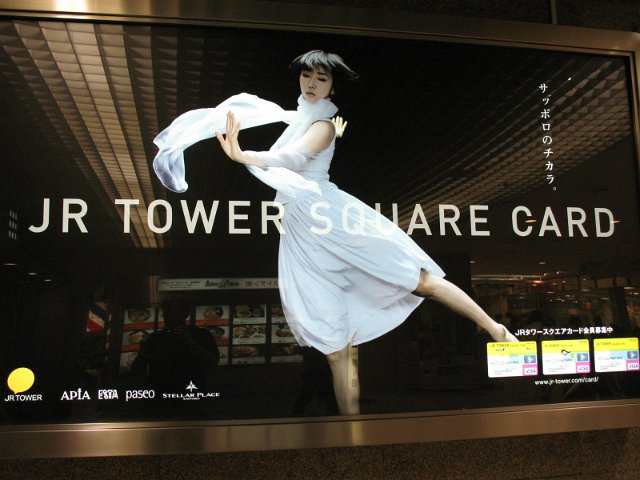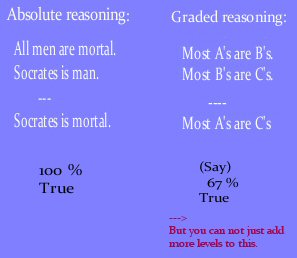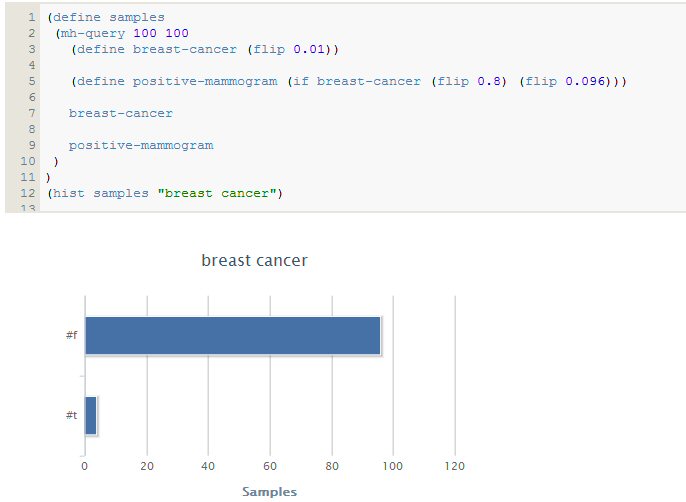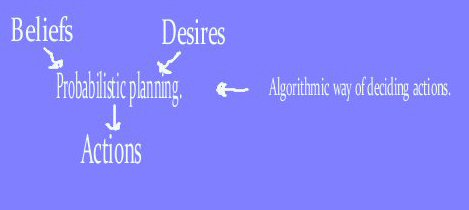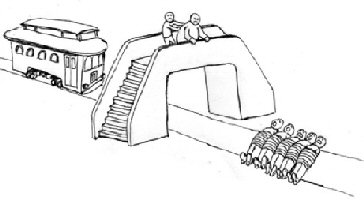
|
I had the great pleasure of taking part in CogSci 2012. Below you will find impressions from the conference, and links for further reading. Wonderful stuff! Certainly, I'm already looking forward to CogSci 2013 in Berlin! The conference was held in Sapporo, Japan. Sapporo is the fourth-largest city in Japan by population, and the largest city on the island of Hokkaido. |
Also, in the Odori Park one finds the Sapporo TV Tower built in 1957 (147.2 metre high with an observation deck at a height of 90.38 metres). For more about Sapporo, see my Tokyo Sapporo pics.
But we were there for the CogSci 2012 conference, which was helt in the Sapporo Convention Center.
On the convention center homepage one reads:
The Main Hall can easily accommodate large conferences and is innovatively styled as a multi-purposes venue.
The Conference Hall creates an impressive atmosphere. It is equipped with simultaneous interpretation system for six languages. It has a capacity of 700, and can be used for international conferences, as well as other meetings and congresses.



